INFESTATIONS
The density of mosquitoes in the regional territory depends essentially on the distribution of breeding sites of each species. However, environmental, and climatic characteristics that vary geographically and seasonally also have an impact. As for the most widespread species of native mosquitoes, in periods of maximum intensity of infestation (June – August), their distribution is in continuous, albeit with wide geographical differences.
The common house mosquito (Culex pipiens) turns out to be more abundant in the urban and peri-urban areas of south-western, and eastern Piedmont (especially in the Casalese and Novarese areas).
The rice field mosquito (Ochlerotatus caspius), as its name suggests, has high densities in the rice-growing and surrounding areas. The numbers are increasingly growing due to seasonal climatic conditions, as well as being affected by orography.
Anopheles maculipennis and Culex modestus are also more present in eastern Piedmont. These species also find that rice paddies are a suitable environment for reproduction, although incurring much lower densities.
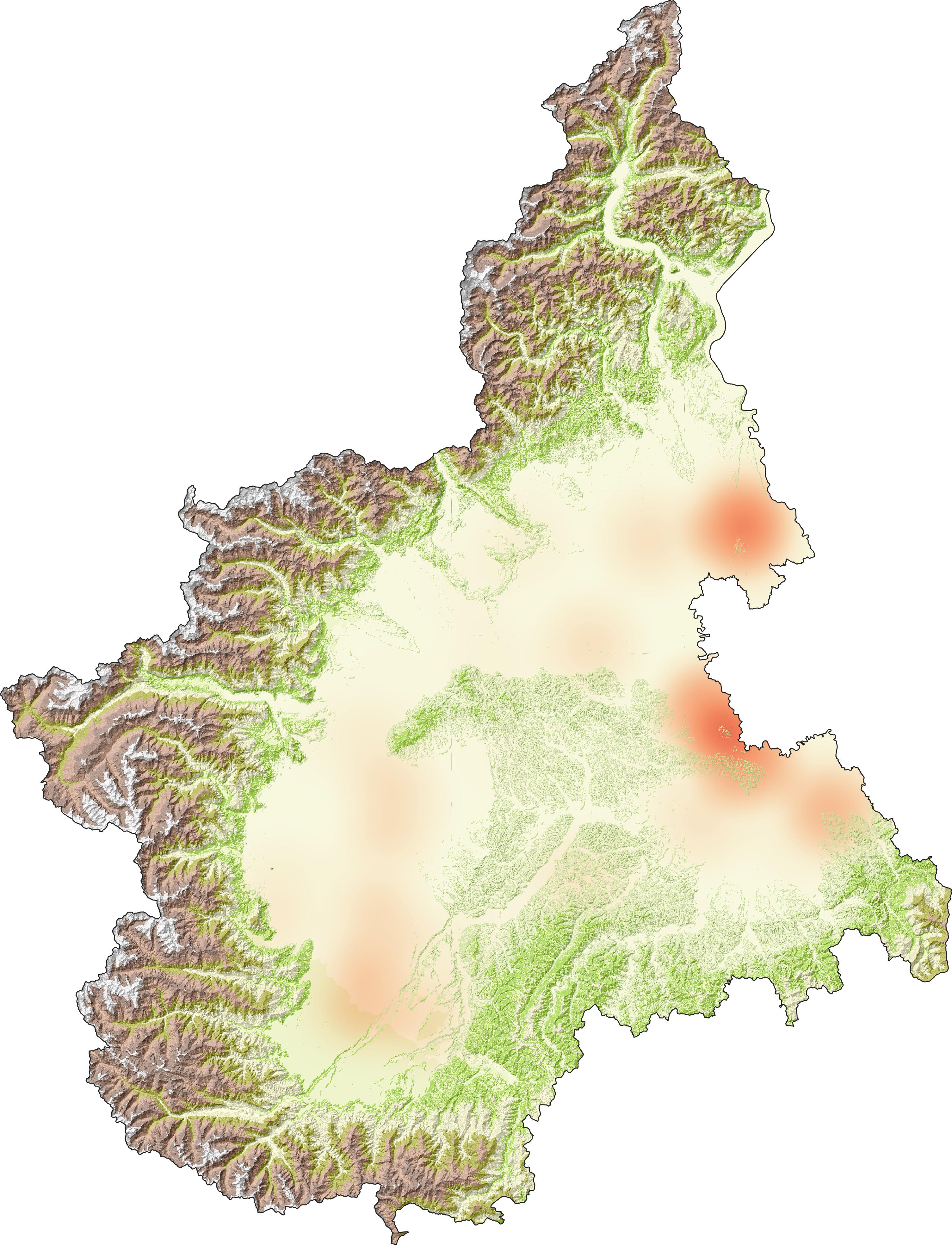 |
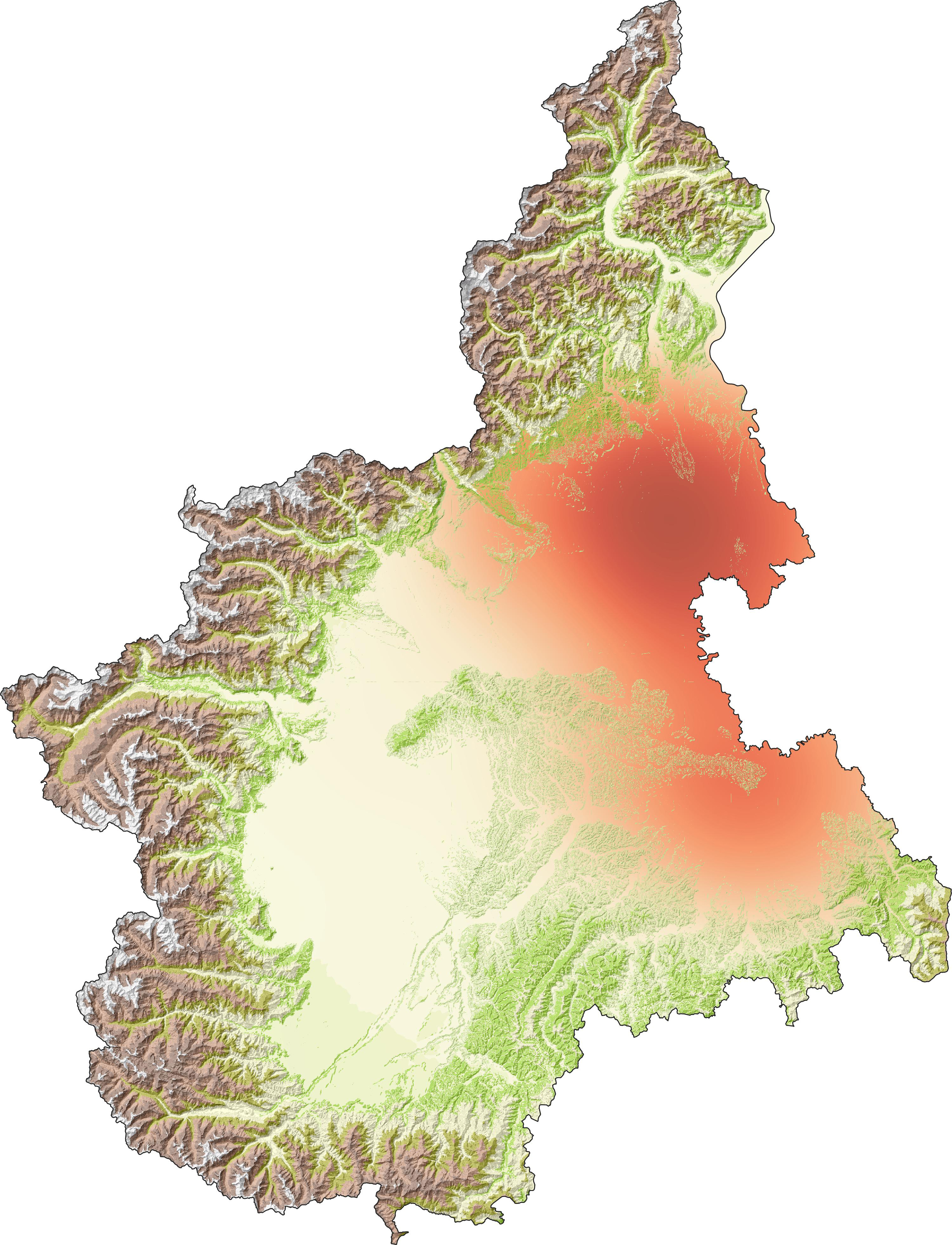 |
|
| Culex pipiens | Ochlerotatus caspius |
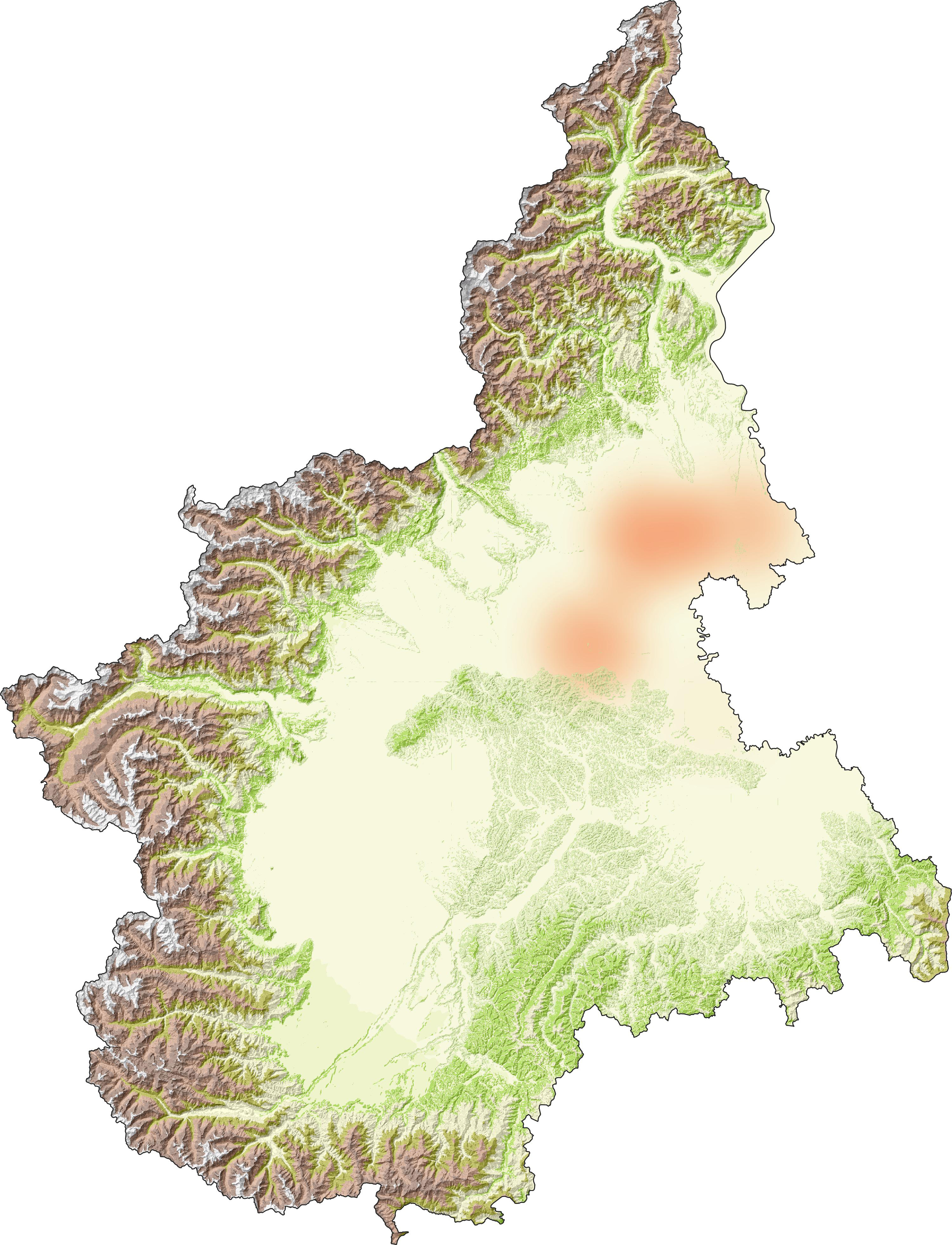 |
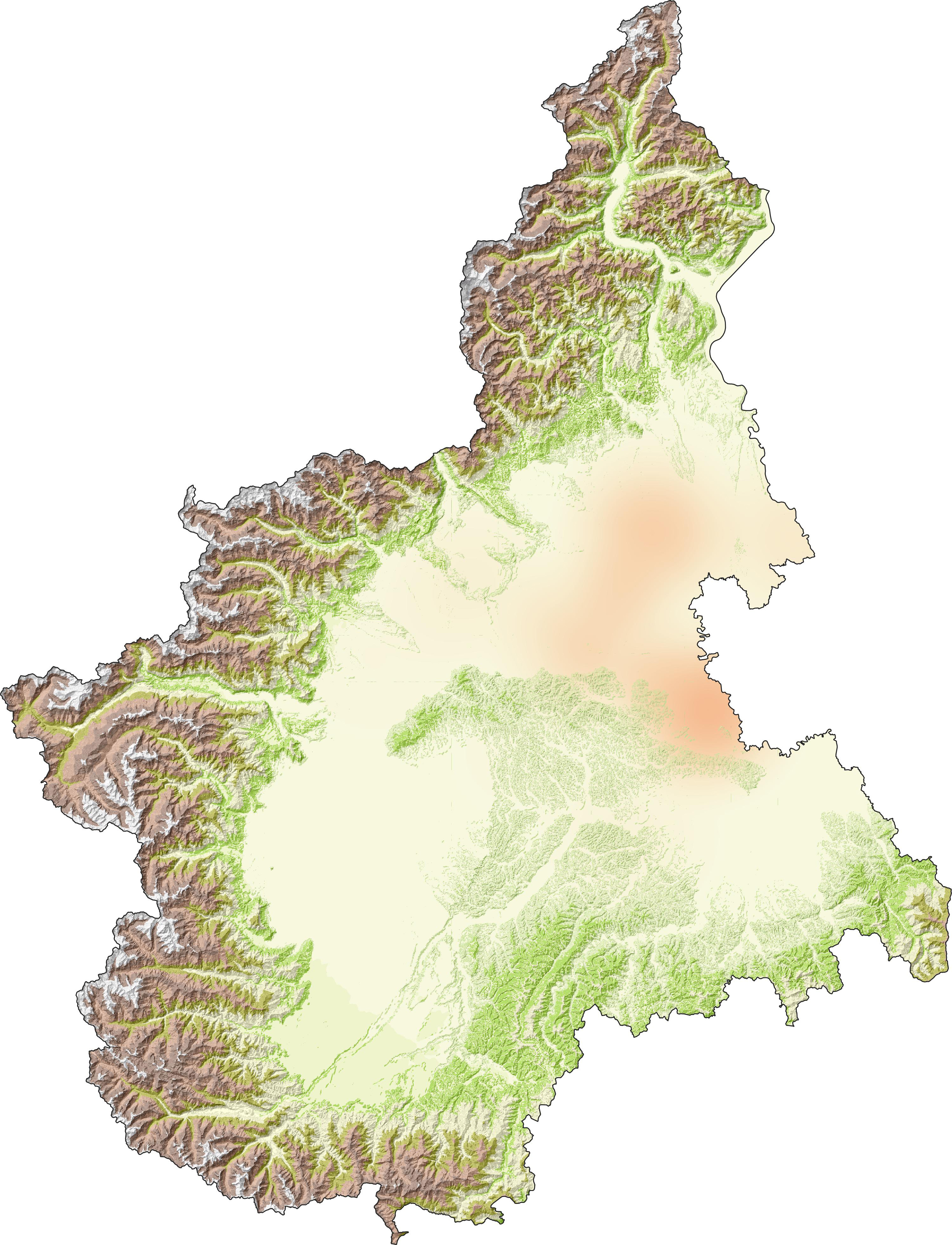 |
|
| Anopheles maculipennis | Culex modestus |
The Asian tiger mosquito (Aedes albopictus) has a discontinuous distribution which is mostly widespread in urban and peri-urban environments. For residential areas where the species is subject to a specific and ongoing monitoring, seasonal average abundances can be compared. Four areas of higher density are observed: the southern part of the Turin outskirts, Asti, the Casalese plain, and the Vercelli plain. However, these infestations are much smaller than empirical ones.
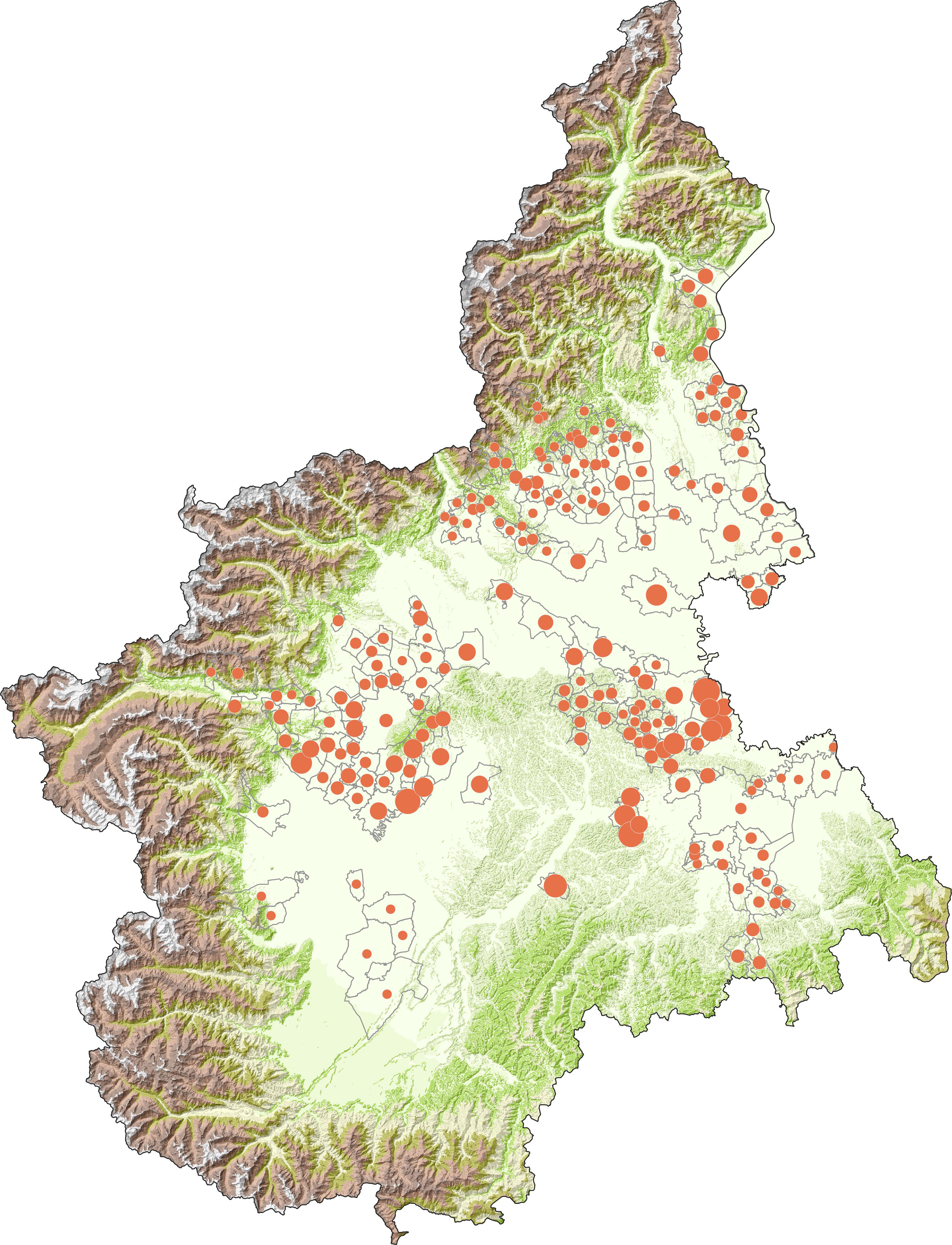 |
| Aedes albopictus |
Last modified: May 2020



